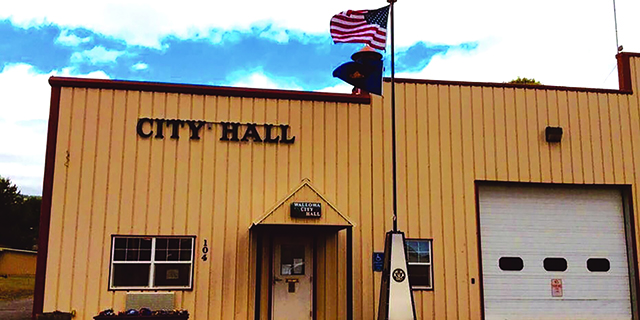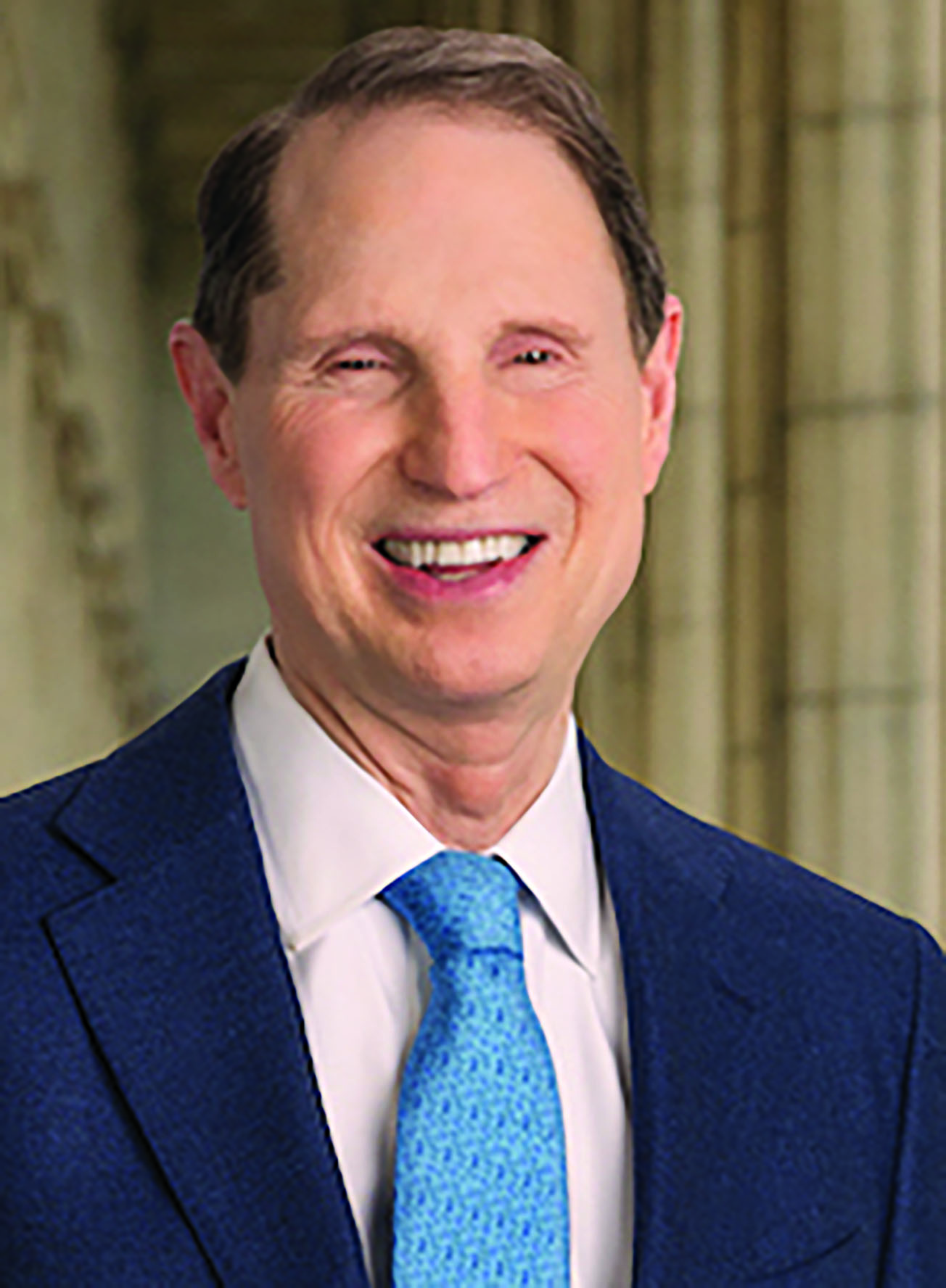Education, wealth and generosity
Published 6:54 am Tuesday, March 21, 2017
Last week, Wallowa Memorial hospital director Larry Davy told the Rotary Club that new doctors start their careers with $300,000-$400,000 of debt. I know that a doctorate in physical therapy can cost $200,000, and am sure that nurses, med techs, dentists, and many others in health care start their working careers with enormous debt. As a consequence, small hospitals and health care systems, in order to compete for top personnel, must get creative. They help set up practices, either in-house or next-door — outfit clinics, labs and therapy spaces.
Hospitals and clinics also have to provide elaborate bookkeeping and accounting systems to handle the insurance companies, auditors and government regulations that are all part of modern medicine.
Trending
In 1971, Dr. Sharff was a $4 office visit and we paid cash. He’d joke when someone would tap a shoulder while he was drinking coffee at the Homan Drugstore counter — “there goes four bucks” — and fill out a prescription, then tell me stories of getting paid in chickens and beef in his early days in Enterprise.
It’s easy to idealize times and places in the past. My first ten years in a small Minnesota town with baseball, ice skating at recess, Uncle Al and fishing for walleye; Southern California, too, before the freeways, where you could see the snow on Palomar Mountain but didn’t have to live in it.
Of course the Mexicans in my school, some of whose families had been in California while it was still part of Mexico, were more likely to be placed in special education, and, as I recall, rarely got As in Spanish class because of their poor Castilian pronunciation. My friend Richie’s parents would have had to go to Tijuana, Mexico to get married, because his Filipino father was prohibited from marrying a Caucasian in California — a law not repealed until 1948.
But here is the thing: Richie went to a good college and then to UCLA Medical School. California might have been slow dealing with some minority issues, but it was in front of the nation on education. Get a 3.3 in high school and the California University System was free — we paid $50 a term in student fees. And, although the system might have been more difficult for Black, Latino, or Asian students, Jackie Robinson’s mother packed him on a train from the South and put him through California schools and on to UCLA (an impossibility in much of the nation in the 1930s and 1940s.)
Jackie went from college to breaking the color barrier in major league baseball, and California, right up to and through Silicon Valley, became an educational leader in the country.
But they weren’t alone. My generation of docs here in Wallowa County — Euhus and Palmer and Siebe — could get through medical school almost debt free, and if they promised two years of military or pubic health service, could have all med school debt forgiven.
Trending
Teachers, too, could teach away college debt with federal loans. It was a time when the country valued education, and when we, the recipients of this largesse, were encouraged to find a calling. I do not remember one time being told how much money a teacher or doctor or engineer made. I remember being counseled to find something I loved, and to look at society’s needs for doctors and teachers, pharmacists and engineers.
I was fortunate to live in a time when, according to author Charlie Peters, “generosity” was the order of the day. It began in The Great Depression, when neighbors helped neighbors and women — and I remember my mom doing this into the 1940s — handed out sandwiches to migrants passing through town, looking for work. And President Franklin Roosevelt’s New Deal put people to work in places like Wallowa County building roads and bridges, when the government brought electricity to small towns and farms and when, gradually, misogyny laws, discrimination against Jews (they, along with women and Blacks, were on quotas at professional schools) declined and Civil Rights legislation was passed. When we elected a Catholic president!
According to Peters (full disclosure: I worked for Charlie at the Peace Corps in 1968) in “We Do Our Part,” things started falling apart with Vietnam, when college deferments separated the country, and continued in the war’s wake when wealth became more important than service.
Today, doctors that come from the one percent and don’t have the debt load will join other one-percenters in fancy places across the country. Our Wallowa County docs want to be here for the reasons that ole Doc Sharff wanted to be here — fishing, hiking, mushrooms, community. And Larry Davy, like most of us, could make more money elsewhere, chooses to live in the county because it’s still a place where generosity and service are more important than wealth.
■
Main Street columnist Rich Wandschneider directs the Alvin M. and Betty Josephy Library of Western History and Culture housed at the Josephy Center for Arts and Culture, located in Joseph.









